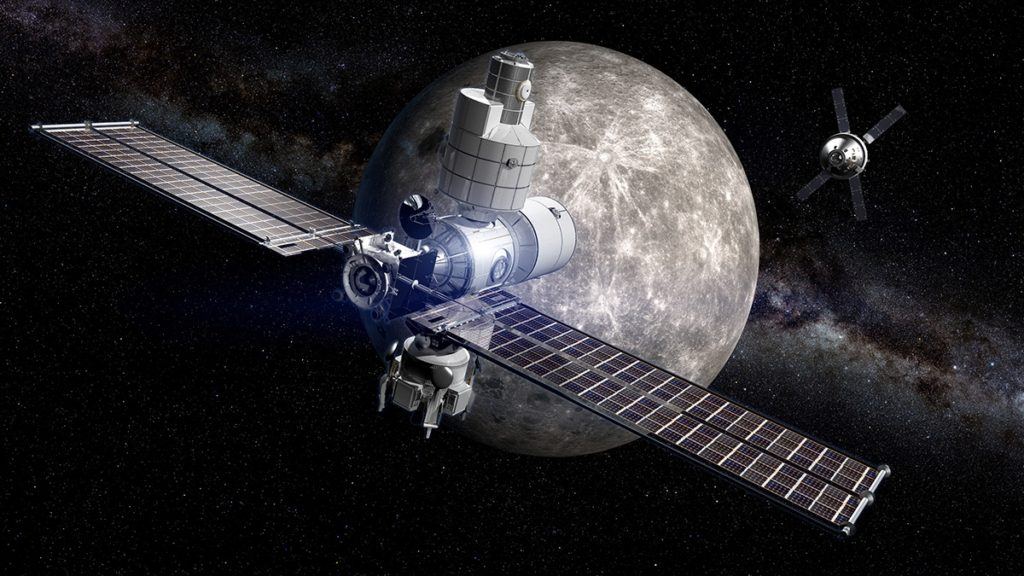Boeing has been awarded a public-private partnership contract from NASA to develop a deep space habitation concept. Boeing will build a full scale demonstrator of its Deep Space Gateway habitation module as well as an augmented reality demonstrator.
The Deep Space Gateway is a NASA concept for a cislunar platform, which will be launched by the Space Launch System (SLS) rocket, to reside in the vicinity of the moon. The gateway will enable NASA to gain experience with extended human missions in deep space.
Boeing’s habitation module concept is ideally suited for humans to live and work in deep space and is capable of operating autonomously for long periods of time between crew visits.
“We’re excited that NASA is taking the next step to extend human presence in deep space and that Boeing can be a part of that journey. Our habitation concept incorporates technologies from a variety of commercial and global partners,” says Boeing Next Step program manager, Mark Ortiz.
The full-scale habitation demonstrator will be built at Marshall Spaceflight Center in Huntsville, Ala over the next 18 months and will utilize augmented reality technology currently used to configure custom interiors on Boeing commercial aircraft.
“We’ll use augmented reality to create a rapidly reconfigurable environment that we already use on the commercial aircraft side of the business and that we’ll begin using to train NASA astronauts on the CST-100 Starliner spacecraft,” added Ortiz.
Boeing was awarded a NEXT Step I contract by NASA in 2015 and was awarded a Next Step II contract in 2016. As part of the NEXT Step II contract, Boeing will support NASA’s mission for a deep space habitation capability, which will serve as the proving ground for Mars during the 2020s.
